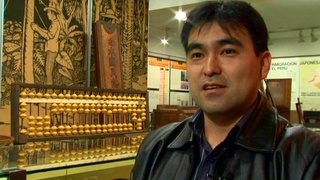Interviews
Nikkei community concentrated in São Paulo (Portuguese)
(Portuguese) The Nikkei community in Brazil is something quite special. Brazil has the largest Nikkei community in the world, and it’s a community with many unique aspects to it. So, for example, in terms of unique aspects, it’s a community that’s centered in São Paulo. Immigrants began arriving in 1908, and from the very beginning, they went to plantations in the state of São Paulo. And a great many of them stayed in São Paulo.
After some time, in the thirties, they started going to Parana, but São Paulo is still the country, rather the state where there’s a real presence of Japanese immigrants. Roughly eighty percent of Japanese-Brazilians live in São Paulo. So you have a rather concentrated community, which up until more or less the forties was essentially an agrarian one. Then there was a process of urbanization. And today, for example, we can talk about, if we compared ourselves with Peru, for example, or with the United States, we could say that it was always a much more closed community, and now, on the verge of a hundred years of history, it’s beginning to open up a bit more to the rest of Brazilian society.
Date: October 7, 2005
Location: California, US
Interviewer: Ann Kaneko
Contributed by: Watase Media Arts Center, Japanese American National Museum.










